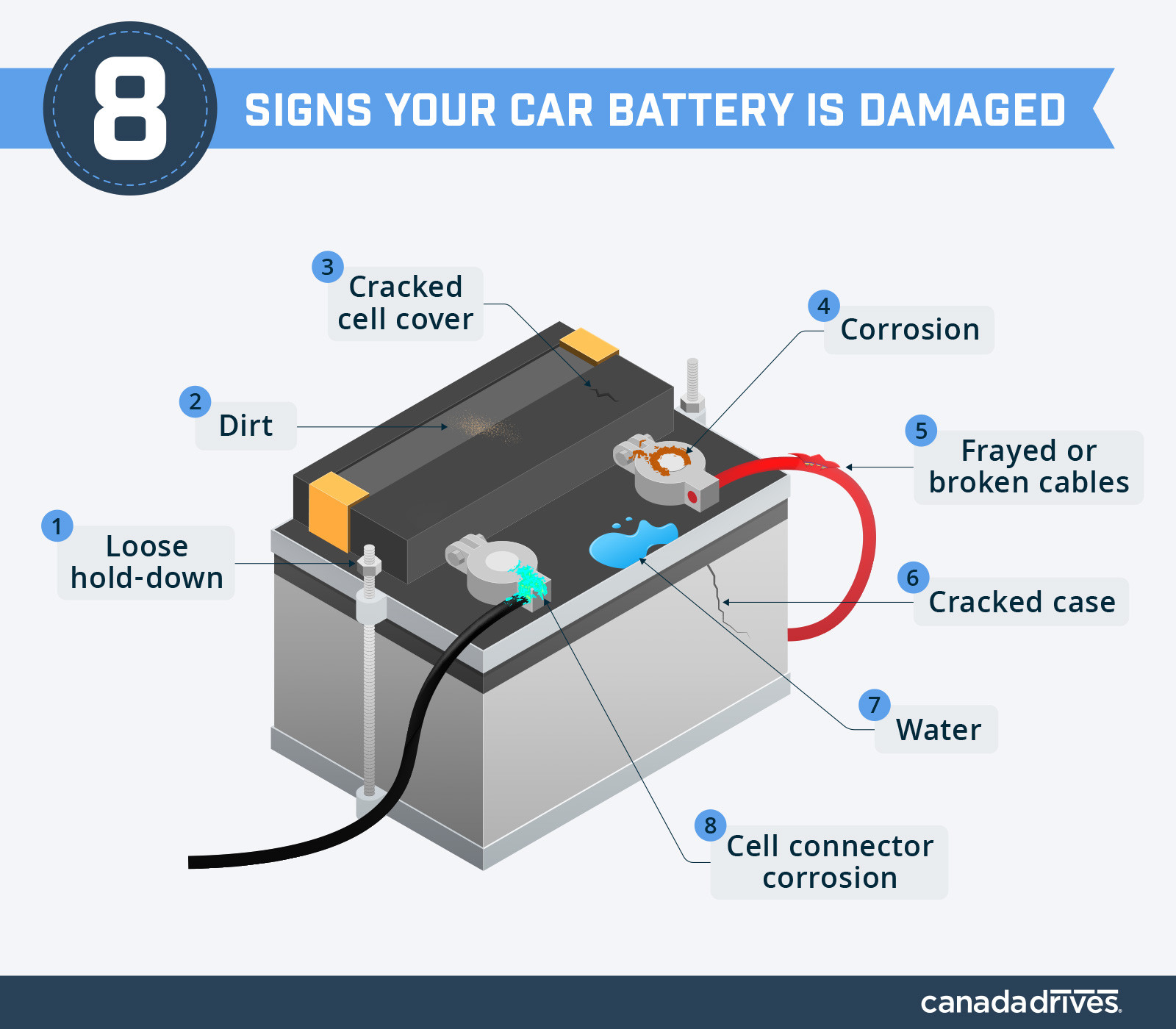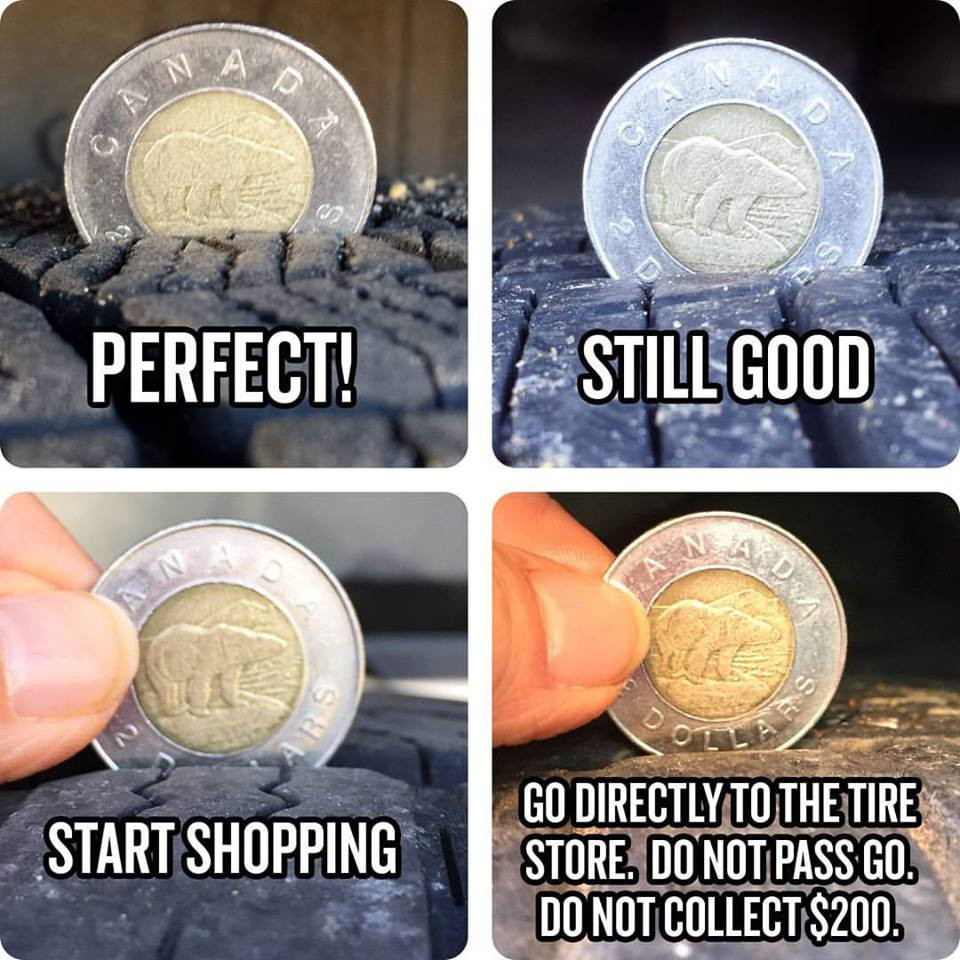Nobody enjoys having to dig into their pockets to pay the mechanic. That is why it is critical to take preventative precautions with regular DIY maintenance, especially if you drive a “old” vehicle.
If you want to save money while taking extra-special care of your daily driving, this car maintenance checklist will assist guarantee you cover all your bases when it comes time to pop the hood and kick the tyres.
Aside from increasing lifetime, maintaining any vehicle in good condition with conventional maintenance practises also promotes safety. When a car is functioning smoothly and optimally, not only is there less pressure on the engine and other components, but your driving skill is not hampered by a faulty vehicle.
A quick 60-second inspection can reveal a lot
Some parts of a car are highly visible so you know when something’s up. For example, make sure to check that all lights work every so often. Headlights, taillights, and turn signal lights are important to driver safety and are required to be in working order by law. You should also check for rust on the body, undercarriage, and under the hood. Rust can spread and do serious damage if left untreated.
Under the hood, you can also do a quick car battery check.

With the car battery, you’re looking for any frayed cables, cracks in the casing, corrosion, dirt, and other signs of damage.
You can also do a quick check of various fluids as well, especially oil and washer fluid, which are very accessible and easy to inspect. Anytime you see a leak, it’s important to get it checked out right away to mitigate any further damage and costly repairs.
But as important as routine 1-minute inspections are, you’ll need to dive a bit deeper from time to time to ensure your car stays in perfect running order. This checklist covers:
- Engine oil
- Coolant, antifreeze, steering, and transmission fluids
- Battery
- Tires
- Air and cabin filters
- Spark plugs
- Belts
- Windshield wipers
- Check Engine light
- Check coolant
1. Check the engine oil in your car
Oil change businesses will place stickers on the windshield with a future odometer reading as the recommended point for when you should return to change it again. Not every vehicle is the same—nor is every engine—so the number provided may not necessarily jive with the automaker’s suggested threshold.
Though man-made, synthetic oil lasts longer and is considered cleaner and more efficient than regular oil or synthetic blends. That usually means you can accumulate more kilometres before you need to change it. Your owner’s manual should offer some guidance on engine’s viscosity and the average mileage per oil change. Compare that figure to an oil changer’s estimate, and you will have a general idea on when to return.
You can always check oil levels by using the dipstick, or in some newer vehicles, an electronic gauge. If the oil is really dark or looks muddy in texture, it’s time for a change. Good engine oil is somewhat translucent with a smoother texture to it.
2. Check the other fluids in your car
Cars run on other fluids too, and you can manually check them yourself. The easiest is washer fluid, which can quickly run out in the winter, and is also very easy to refill when you’re running low.
Engine coolant, antifreeze, and steering fluid all come with dipsticks or gauges, making it easy to check fluid levels at a glance. Your owner’s manual may not specify how to check or refill them, but you can familiarize yourself with where they are and have a look.
Manuals often won’t mention transmission fluid, as there is no universal mileage figure on when to change it, so it’s best to check with the manufacturer to get a recommendation.
Coolant and antifreeze have distinct drains, though topping up and replacing/refilling it are two distinctly different tasks. If you are running low, be it a leak or something else, topping up is easy. If it’s time to flush or drain the fluids, then there is more work required to get there.
3. Checking the battery
Car batteries are integral to running a healthy vehicle, and when following the right steps, are relatively straightforward to test or replace.
4. Check, rotate, and change your tires
Tire pressure always requires some inspection, so a simple walkaround can provide clues on whether any of the four tires are lower than they should be. Check the treads and make sure they aren’t too worn. The “Toonie Test” is a great trick to help you know if new tires are needed:

Image Credit: Alberta Motor Association
It’s always a good idea to have a tire pressure gauge in the car because it’s a low-tech way to know how much air is actually inside each one. There’s plenty to learn about tire maintenance to maximize mileage and ensure safety on Canada’s tough road conditions.
5. Air and cabin filters
There are two key filters that you shouldn’t ignore because they protect the engine and affect the air quality in the cabin. The engine air filter keeps dirt, debris, and other contaminants from getting in. That also includes dust or other particles going from the cabin into the engine as well.
The cabin filter blocks pollutants that could potentially flow through the car’s HVAC system. Dust, smog, pollen, and mold spores, among others, are prevented from contaminating the air inside. To keep that up, you will need to replace the cabin filter as well.
While the cabin filter is usually easy to access, the air filter can vary, depending on the make and model you’re driving. Clogged filters make the engine work harder to push air through, thereby affecting performance and fuel efficiency. Automakers may have recommended maintenance timeframes based on mileage in the manual, or may not mention it at all. Either way, they all offer some guidance on when is the right time.
You can also use your own eyes and nose to interpret how clogged or dirty the filters are. An odd or musty odour in the cabin, especially when heat or AC is on, could indicate the filter is in bad shape. When inspecting an engine air filter, try raising it toward a source of light. The rule of thumb is if you can’t see any light pass through, it’s time to replace it.
6. Spark plugs
Spark plugs play an important role in engine efficiency, and they can be susceptible to buildup that ultimately affects overall performance. Your owner’s manual usually tells you how often spark plugs will need to be replaced, but your spark plug may need to be replaced sooner if:
- Your car struggles to accelerate.
- You have trouble starting the engine or hear weird “popping” misfire sounds.
- You notice a worsening fuel economy.
Copper spark plugs have a longer centre electrode than iridium ones do. Iridium plugs are more expensive but last longer and offer a better spark. When you check your spark plugs (your owner’s manual will tell you where they’re located under the hood) the electrode and tip shouldn’t be black from engine crud. If it is, you need to either clean it or replace it.
New spark plug compared with a fouled spark plug (Photo Credit: Car From Japan)
7. Looking at the belts
Timing and serpentine belts are the most common, and sooner or later, you will have to replace them. Manufacturers have different recommendations on when you should do that, so there isn’t a universal number to stick to for every vehicle. These aren’t easy to replace outside of a garage, so is better left to a mechanic to handle.
However, you can check them for some basic telltale signs. Cracking, fraying, and loosening tension are warning signs of a belt on its way out.
8. Replacing windshield wipers blades
Windshield wipers can take a real beating, especially in Canadian weather, so it’s important to stay on top of their performance. Once you notice leftover water streaking to the windshield after every swipe, it may be time to swap them out for new ones. You can always try wiping down the rubber with a washcloth to see if that improves performance.
Wipers have standardized lengths and sizes, so it depends on what your car supports. Sometimes, the left and right ones will be different lengths. They are also made up of two parts—the metal arm and the blade with the rubber attached—so you may only need to replace the rubber and not the arm.
9. What to do when the check engine light comes on
The check engine light is always a little jarring when you see it pop up because it doesn’t give you any context beyond that. What does that little light mean? It could mean anything! Sometimes it’s nothing serious. Sometimes it is.
10.CHECK COOLANT LEVELS
It’s also important to check your antifreeze levels in your radiator in winter months to keep your radiator or engine components from freezing. A 50/50 mix of antifreeze to water is generally recommended, but check your owner’s manual or with a professional to be certain.
Sticking to a car maintenance schedule, and keeping good records of what you’ve done, can help extend the life of your vehicle and protect you against breakdowns, expensive repairs, and other unwelcomed surprises.



